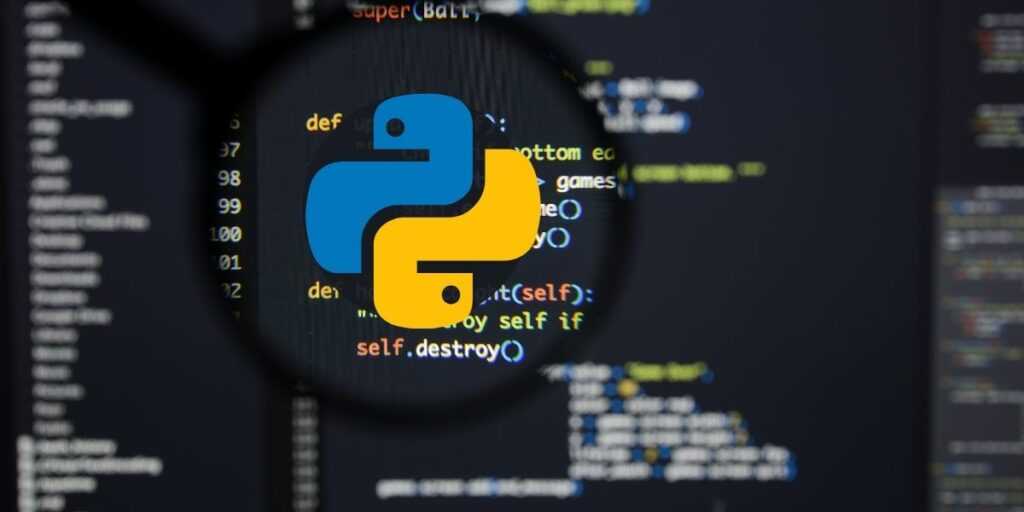
Applied Data Science Coding with Python: KNN Algorithm
The K-Nearest Neighbors (KNN) algorithm is a method for classification and regression in machine learning. It is based on the idea that similar data points tend to have similar outcomes or labels.
The KNN algorithm works by finding the K number of data points in the training set that are closest to a new data point. The label or outcome of the new data point is then determined by the majority vote of the K nearest neighbors. For example, if the K nearest neighbors are all labeled as “dog”, then the new data point would also be labeled as “dog”.
In order to use the KNN algorithm in Python, you need to have a dataset that includes both the input data and the labels or outcomes. You also need to decide on a value for K, which is the number of nearest neighbors to consider. The larger the value of K, the more smooth the decision boundary will be and the less complex the model will be.
There are several libraries available in Python to implement the KNN algorithm, such as scikit-learn, NumPy, and Pandas. These libraries provide pre-built functions and methods to build, train and evaluate a KNN model.
It is important to note that the performance of KNN algorithm is highly dependent on the choice of K and the distance metric used. Therefore, it’s important to test different values of K and distance metrics to find the best one for the dataset. Also, KNN algorithm might be sensitive to the scale of the features, so it’s important to scale the features before using the algorithm.
In summary, the K-Nearest Neighbors (KNN) algorithm is a method for classification and regression in machine learning. It finds the K number of data points in the training set that are closest to a new data point, and the label or outcome of the new data point is determined by the majority vote of the K nearest neighbors. There are several libraries available in Python to implement the KNN algorithm, and it’s important to test different values of K and distance metrics to find the best one for the dataset, and also to scale the features before using the algorithm.
In this Applied Machine Learning & Data Science Recipe, the reader will learn: How to apply KNN Algorithm.
Essential Gigs
For only $50, Nilimesh will develop time series forecasting model for you using python or r. | Note: please contact me…www.fiverr.com
For only $50, Nilimesh will do your data analytics and econometrics projects in python. | Note: please contact me…www.fiverr.com
For only $50, Nilimesh will do your machine learning and data science projects in python. | Note: please contact me…www.fiverr.com
For only $50, Nilimesh will do your gis and spatial programming projects in python. | Note: please contact me before…www.fiverr.com